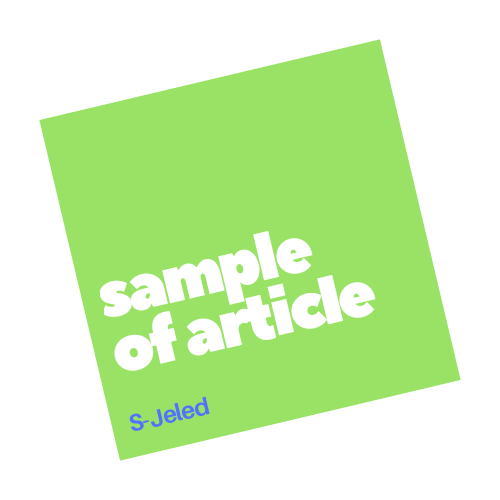AN IMPLICATURE ANALYSIS OF ENGLISH SLOGAN ON FOOD AND BEVERAGE ADVERTISEMENTS AND ITS APPLICATION IN TEACHING READING
Abstract
This research was aimed at 1) finding out the types of implicature used in food and beverage advertisements, 2) applying the implicature analysis in teaching reading.
This study belongs to qualitative study since the researcher analyzes twenty English slogans of food and beverage products. The data were taken from internet which consists of ten food product slogans and ten beverage product slogans. All the products of foods and beverages can be found in Alfamart minimarket. The instrument of research was the researcher. The researcher collected the data through five steps, they are: Observing food and beverage products in Alfamart minimarket, finding advertisement of foods and beverages which are sold in Alfamart in internet, selecting some English slogans on food and beverage advertisements, arranging a list of selected slogans into a table, and asking for consideration from the consultant about the selected slogans. After the data were collected, they were analyzed through six steps, they are: Observing the data, identifying the data based on pragmatic theory, rechecking and making sure all data were organized properly, analyzing and interpreting the data selected, drawing conclusions based on the data analyzed, and arranging the application of implicature in teaching reading at eight grade students of Junior High School into a lesson plan.
In this study, the researcher found that there are two types of implicature in the slogans of food and beverage products, namely conversational and conventional implicature. The researcher found 70% conversational implicature in which five conversational implicature are found in food slogans and nine are found in beverage slogans. Meanwhile, the researcher found 30% conventional implicature which are contained in five food slogans and a beverage slogan. Implicature can be used to teach reading by using short functional text particularly advertisement text at eight grade students of junior high school based on syllabus of KTSP.
Keywords: Implicature analysis, English Slogan, Food and Beverage Advertisement
Full Text:
XMLReferences
Arikunto, Suharsimi. 2013. Prosedur Penelitian. Jakarta: Rineka Cipta.
Creswell, John W. 2009. Research Design: Qualitative, Quantitative, and Mixed Methods Approaches (3rd edition). New Delhi: Sage Publication.
Goddard, Angela. 1998. The Language of Advertising. London: Routledge.
Holt. 2007. Element of Language First Course. Holt, Rinehart and Winston.
Harmer, Jeremi. 2007. How to Teach English. London: Pearson Education Limited.
Masykuri, E. S. (2014). The Non-Observance of Cooperative Principle in the Comic Strip The Adventure of Tintin. 1(1), 118–124.
Masykuri, E. S. (2015). Analysis the Clauses Using Modal with Perfect Infinitive on Novel the Other Side of Midnight and Its Translation in Bahasa Indonesia. Jurnal Pendidikan Surya Edukasi, 1(1), 121670.
Mey, Jacob L. 1993. Pragmatics. An Introduction. Cambridge: Blackwell.
Ni’mah, Khoiriyatun. 2012. A Pragmatic Analysis of English Slogan on Mobile Phones and Cars Advertisement. Salatiga:State Institute for Islamic Studies Salatiga Press.
Vilanilam. 2004. Advertising Basics: A Resource Guide for Beginners. New Delhi: Response Books.
Yule, George. 1996. Pragmatics.Oxford: Oxford University Press.
___________ 2010. The Study of Language. New York: Cambridge University Press.
DOI: https://doi.org/10.37729/s-jeled.v1i8.3074
Refbacks
- There are currently no refbacks.
Scripta
ISSN. 2302-6677
Publisher: Department of English Language Education, Universitas Muhammadiyah Purworejo, Jl. KH. Ahmad Dahlan 3 & 6 Purworejo 54111, Jawa Tengah, Indonesia, E-mail:pbiumpwr20@gmail.com, Telp: 0275-321494
Indexed Abstract:

Ciptaan disebarluaskan di bawah Lisensi Creative Commons Atribusi-BerbagiSerupa 4.0 Internasional.



